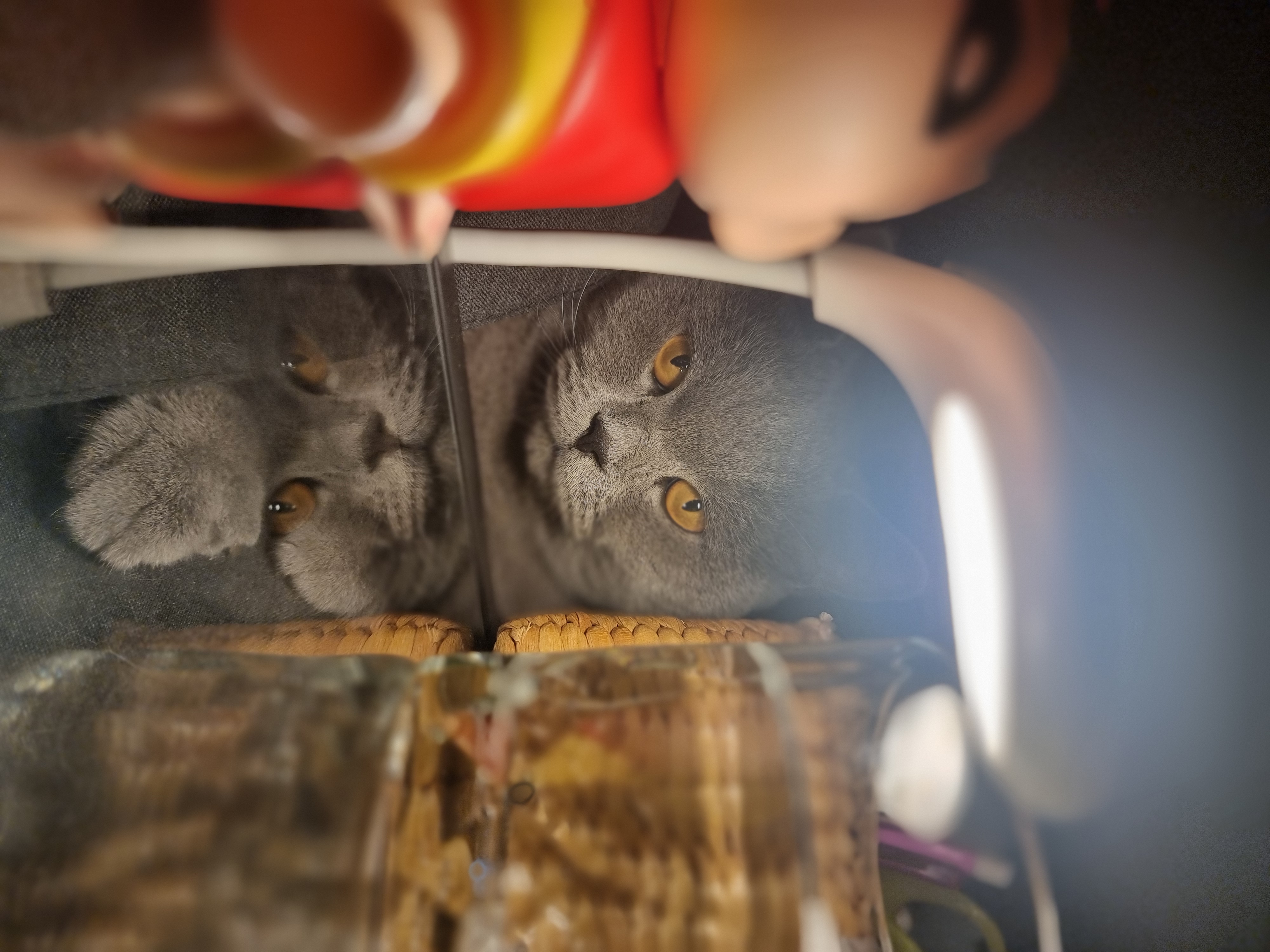0 ความคิดเห็น
0 การแบ่งปัน
124 มุมมอง
0 รีวิว

รายการ
ค้นพบผู้คนใหม่ๆ สร้างการเชื่อมต่อใหม่ๆ และรู้จักเพื่อนใหม่
- กรุณาเข้าสู่ระบบเพื่อกดถูกใจ แชร์ และแสดงความคิดเห็น!
-
- 0 ความคิดเห็น 0 การแบ่งปัน 56 มุมมอง 0 รีวิว1

- 0 ความคิดเห็น 0 การแบ่งปัน 45 มุมมอง 0 รีวิว
- 0 ความคิดเห็น 0 การแบ่งปัน 44 มุมมอง 0 รีวิว
- 0 ความคิดเห็น 0 การแบ่งปัน 263 มุมมอง 93 0 รีวิว
- 0 ความคิดเห็น 0 การแบ่งปัน 267 มุมมอง 110 0 รีวิว
- 0 ความคิดเห็น 0 การแบ่งปัน 273 มุมมอง 106 0 รีวิว
- 0 ความคิดเห็น 0 การแบ่งปัน 278 มุมมอง 100 0 รีวิว
- 0 ความคิดเห็น 0 การแบ่งปัน 47 มุมมอง 0 รีวิว
- 0 ความคิดเห็น 0 การแบ่งปัน 177 มุมมอง 0 รีวิว
- ช่วยกันติดตามลุงสนธิ "ความจริง มีหนึ่งเดียว"ช่วยกันติดตามลุงสนธิ "ความจริง มีหนึ่งเดียว"SONDHITALK : พรรคประชาชน(พม่า)?! Ep260 (live)
สส.ไทยหัวใจพม่า หลังแก้วตา ธิษะณา ชุณหะวัณ พรรคประชาชน ร้อนอภิปรายในสภาเห็นใจพม่าหนีสงคราม จี้ไทยช่วยเหลือ
https://www.youtube.com/watch?v=oIvMJX3TjXE
#สนธิทอล์ค #คุยทุกเรื่องกับสนธิ #สนธิลิ้มทองกุล #sondhiapp #thaitime #ชาลีกามิน #เกาหลี. #พรรคประชาชน #ธิษะณา #ด้อมส้ม #พม่า 0 ความคิดเห็น 0 การแบ่งปัน 2051 มุมมอง 0 รีวิว
0 ความคิดเห็น 0 การแบ่งปัน 2051 มุมมอง 0 รีวิว - 0 ความคิดเห็น 0 การแบ่งปัน 142 มุมมอง 0 รีวิว
- 0 ความคิดเห็น 0 การแบ่งปัน 130 มุมมอง 0 รีวิว
- ☆เศียรพระพุทธรูปในรากไม้
》》เศียรพระพุทธรูปหินทรายที่แตกหักจากองค์พระ แล้ว ถูกรากต้นโพธิ์ขึ้นปกคลุม ลักษณะพระพักตร์ค่อนข้างแบน และกว้าง พระขนงูและขอบพระเนตรป้ายเป็นแผ่นใหญ่ พระโอษฐ์กว้างเป็นแนวตรง ขอบพระโอษฐ์ยกเป็นสันขึ้น เล็กน้อย เป็นรูปแบบศิลปกรรมสมัยอยุธยาตอนกลาง กำหนดอายุได้ราวกลางพุทธศตวรรษที่ 21
》》คาดว่าเศียรพระพุทธรูปนี้จะหล่นลงมาอยู่ที่โคนต้นไม้ ในสมัยเสียกรุง จนรากไม้ขึ้นปกคลุมทำให้มีความงดงามแปลกตา จนเลื่องลือกลายเป็นสิ่งมหัศจรรย์อีกสิ่งหนึ่งของจังหวัดพระนครศรีอยุธยา ซึ่งทำให้ชื่อเสียงของวัดมหาธาตุ โด่งดังไปทั่วโลก《《
☆ค่าเข้าชม
ชาวไทย 10 บาท
ชาวต่างชาติ 50 บาท
■■■■■■■■■■■
#วัดมหาธาตุ #อยุธยา #เศียร พระพุทธรูปในรากไม้ #มะนาวก้าวเดิน
#thaitimes #thaitimesเที่ยวไทย #thaitimesมะนาวก้าวเดิน #thaitimesmanowjourney☆เศียรพระพุทธรูปในรากไม้ 》》เศียรพระพุทธรูปหินทรายที่แตกหักจากองค์พระ แล้ว ถูกรากต้นโพธิ์ขึ้นปกคลุม ลักษณะพระพักตร์ค่อนข้างแบน และกว้าง พระขนงูและขอบพระเนตรป้ายเป็นแผ่นใหญ่ พระโอษฐ์กว้างเป็นแนวตรง ขอบพระโอษฐ์ยกเป็นสันขึ้น เล็กน้อย เป็นรูปแบบศิลปกรรมสมัยอยุธยาตอนกลาง กำหนดอายุได้ราวกลางพุทธศตวรรษที่ 21 》》คาดว่าเศียรพระพุทธรูปนี้จะหล่นลงมาอยู่ที่โคนต้นไม้ ในสมัยเสียกรุง จนรากไม้ขึ้นปกคลุมทำให้มีความงดงามแปลกตา จนเลื่องลือกลายเป็นสิ่งมหัศจรรย์อีกสิ่งหนึ่งของจังหวัดพระนครศรีอยุธยา ซึ่งทำให้ชื่อเสียงของวัดมหาธาตุ โด่งดังไปทั่วโลก《《 ☆ค่าเข้าชม ชาวไทย 10 บาท ชาวต่างชาติ 50 บาท ■■■■■■■■■■■ #วัดมหาธาตุ #อยุธยา #เศียร พระพุทธรูปในรากไม้ #มะนาวก้าวเดิน #thaitimes #thaitimesเที่ยวไทย #thaitimesมะนาวก้าวเดิน #thaitimesmanowjourney0 ความคิดเห็น 0 การแบ่งปัน 1812 มุมมอง 695 0 รีวิว 7
7
- 0 ความคิดเห็น 0 การแบ่งปัน 144 มุมมอง 0 รีวิว
- 0 ความคิดเห็น 0 การแบ่งปัน 172 มุมมอง 0 รีวิว1

- หลังจากที่ฮิซบุลเลาะห์โจมตีนิคมเมตุลลาห์ด้วยขีปนาวุธฟาลักและบูร์คาน ไฟฟ้าและการสื่อสารก็ถูกตัดขาดที่นั่น
หัวหน้าเมตุลลาห์กล่าวว่า: "การทำลายล้างครั้งใหญ่, ไฟไหม้, และอาคารเสียหายโดยตรง, ฉันไม่เคยเห็นอะไรแบบนี้มาก่อนนับตั้งแต่เริ่มสงคราม"
.
BREAKING | After Hezbollah targeted the Metulla settlement with Falaq and Burkan missiles electricity and communications have been cut off there.
The head of Metulla stated: "Massive destruction, fires, and direct damage to buildings; I haven't seen anything like this since the beginning of the war."
.
2:40 AM · Sep 20, 2024 · 78.8K Views
https://x.com/TheCradleMedia/status/1836852873251938569หลังจากที่ฮิซบุลเลาะห์โจมตีนิคมเมตุลลาห์ด้วยขีปนาวุธฟาลักและบูร์คาน ไฟฟ้าและการสื่อสารก็ถูกตัดขาดที่นั่น หัวหน้าเมตุลลาห์กล่าวว่า: "การทำลายล้างครั้งใหญ่, ไฟไหม้, และอาคารเสียหายโดยตรง, ฉันไม่เคยเห็นอะไรแบบนี้มาก่อนนับตั้งแต่เริ่มสงคราม" . BREAKING | After Hezbollah targeted the Metulla settlement with Falaq and Burkan missiles electricity and communications have been cut off there. The head of Metulla stated: "Massive destruction, fires, and direct damage to buildings; I haven't seen anything like this since the beginning of the war." . 2:40 AM · Sep 20, 2024 · 78.8K Views https://x.com/TheCradleMedia/status/18368528732519385690 ความคิดเห็น 0 การแบ่งปัน 241 มุมมอง 0 รีวิว2
- SONDHITALK : พรรคประชาชน(พม่า)?! Ep260 (live)
สส.ไทยหัวใจพม่า หลังแก้วตา ธิษะณา ชุณหะวัณ พรรคประชาชน ร้อนอภิปรายในสภาเห็นใจพม่าหนีสงคราม จี้ไทยช่วยเหลือ
https://www.youtube.com/watch?v=oIvMJX3TjXE
#สนธิทอล์ค #คุยทุกเรื่องกับสนธิ #สนธิลิ้มทองกุล #sondhiapp #thaitime #ชาลีกามิน #เกาหลี. #พรรคประชาชน #ธิษะณา #ด้อมส้ม #พม่า 0 ความคิดเห็น 0 การแบ่งปัน 613 มุมมอง 1 รีวิว
0 ความคิดเห็น 0 การแบ่งปัน 613 มุมมอง 1 รีวิว
 21
21
-
- 0 ความคิดเห็น 0 การแบ่งปัน 117 มุมมอง 0 รีวิว
- เมื่อเราได้นักการเมืองทุจริตครอบงำการบริหารประเทศ คนไทยก็เสียโอกาสอยู่ดีมีสุข เพราะเขาคิดแต่แก้กติกาบ้านเมืองเพื่อความอยู่รอดของตนเองเมื่อเราได้นักการเมืองทุจริตครอบงำการบริหารประเทศ คนไทยก็เสียโอกาสอยู่ดีมีสุข เพราะเขาคิดแต่แก้กติกาบ้านเมืองเพื่อความอยู่รอดของตนเอง0 ความคิดเห็น 0 การแบ่งปัน 245 มุมมอง 0 รีวิว1

- 0 ความคิดเห็น 0 การแบ่งปัน 149 มุมมอง 0 รีวิว

















